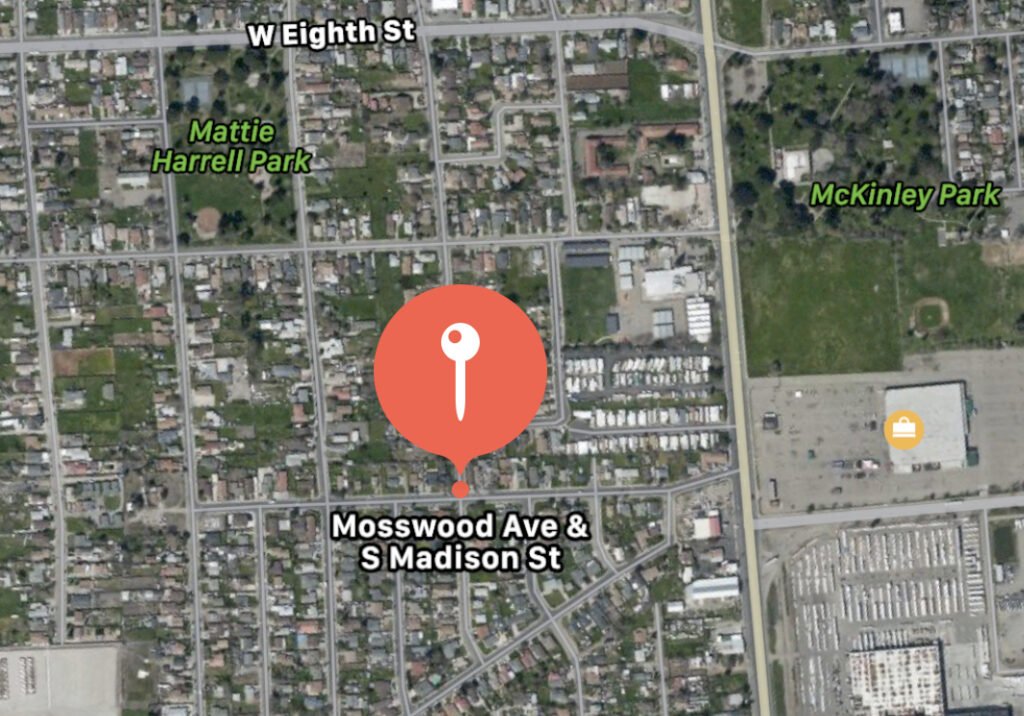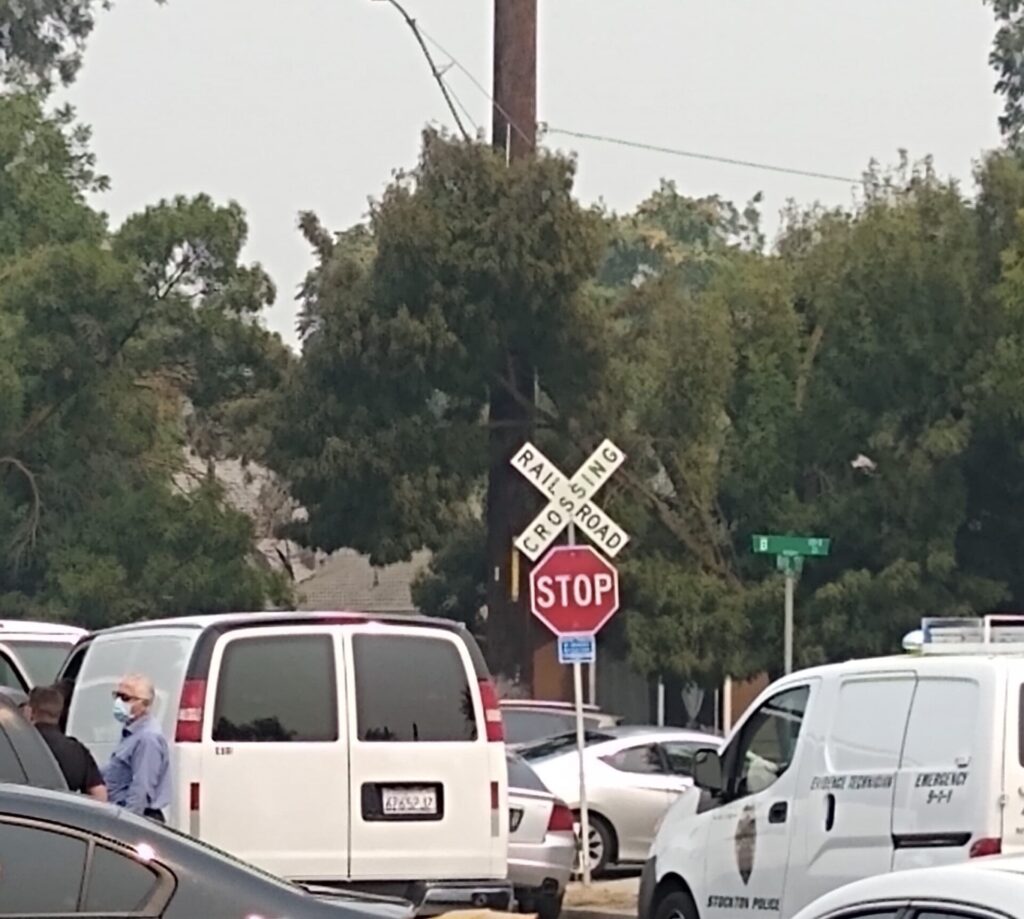Stockton Murder Rate: A Deep Dive Into The Numbers And The Stories Behind Them
When it comes to discussing crime statistics, the Stockton murder rate has been a topic of significant interest for years. It’s not just numbers on a page; it’s a reflection of the challenges faced by a community striving for peace and prosperity. Stockton, California, has seen its fair share of ups and downs, and understanding the murder rate is crucial to grasping the city’s complex social dynamics. Let’s peel back the layers and uncover what’s really going on in this vibrant yet troubled city.
Imagine walking through the streets of Stockton, a city known for its rich history and cultural diversity. But beneath the surface lies a reality that many residents face daily—the threat of violence. The Stockton murder rate isn’t just a statistic; it’s a narrative woven into the fabric of the community. It’s about real people, real families, and real struggles.
Now, you might be wondering why we’re diving so deep into this topic. Well, understanding the Stockton murder rate isn’t just about numbers—it’s about finding solutions. It’s about empowering the community and ensuring that everyone feels safe in their own neighborhood. So, buckle up, because we’re about to take a journey through the data, the stories, and the potential paths forward for Stockton.
Read also:Gofundme Farmington Nm Your Guide To Supporting Local Causes
Daftar Isi
- The Historical Context of Stockton's Crime
- Stockton Murder Rate Statistics: The Numbers You Need to Know
- Unpacking the Causes Behind the Rising Murder Rate
- Community Response: How Stockton is Fighting Back
- The Role of Law Enforcement in Reducing Violence
- Potential Solutions: What Can Be Done?
- High-Profile Cases: Stories That Shaped the Narrative
- Comparing Stockton to Other Cities: A Broader Perspective
- The Future of Stockton: Hope on the Horizon
- Wrapping It Up: What’s Next for Stockton?
The Historical Context of Stockton's Crime
Let’s rewind a bit and take a look at how Stockton got here. The city has always been a melting pot of cultures, attracting people from all walks of life. But over the years, economic disparities, social issues, and systemic challenges have contributed to a rise in crime rates. In the early 2000s, Stockton made headlines as one of the most dangerous cities in America, with the murder rate being a major contributing factor.
But here’s the thing: history doesn’t define the future. Stockton has been working tirelessly to turn things around. Initiatives, community programs, and partnerships with law enforcement have started to show promising results. However, the road ahead is long, and understanding the historical context is key to building a safer city.
Key Milestones in Stockton’s Crime History
- 2009: Stockton files for bankruptcy, exacerbating economic struggles and increasing crime rates.
- 2012: The city reaches its peak murder rate, with 71 homicides in a single year.
- 2018: A decline in crime rates begins, sparking hope for a safer Stockton.
Stockton Murder Rate Statistics: The Numbers You Need to Know
Numbers can tell a powerful story, and when it comes to the Stockton murder rate, the stats are eye-opening. According to recent data, the murder rate in Stockton has fluctuated over the years, but the trend is clear—there’s still work to be done. In 2022, the city recorded 52 homicides, which is a slight increase from previous years.
But what does this mean for the average resident? Well, it means that the risk of becoming a victim of violent crime is higher in Stockton compared to many other cities in California. However, it’s important to note that not all neighborhoods are affected equally. Certain areas, particularly those with higher poverty rates, tend to experience more violence.
Breaking Down the Numbers
- Murder rate per 100,000 residents: Approximately 20 (2022 data).
- Top causes of homicides: Gang-related violence, drug disputes, and domestic disputes.
- Comparison to national average: Stockton’s murder rate is significantly higher than the national average of 6.3 per 100,000.
Unpacking the Causes Behind the Rising Murder Rate
Now, let’s talk about the elephant in the room: why is the Stockton murder rate so high? There’s no single answer to this question, but several factors come into play. Economic inequality, lack of educational opportunities, and systemic issues like racism and discrimination all contribute to the cycle of violence.
Another significant factor is the prevalence of gang activity in certain parts of the city. Gangs often engage in drug trafficking, territorial disputes, and other violent activities, which can escalate into deadly confrontations. Additionally, the availability of firearms in the community exacerbates the problem, making it easier for conflicts to turn deadly.
Read also:Caldwell Funeral Chapel Safford Your Trusted Companion In Times Of Need
Root Causes of Violence in Stockton
- Economic inequality and unemployment.
- Lack of access to quality education and healthcare.
- Gang activity and drug-related crimes.
- Systemic issues such as racism and discrimination.
Community Response: How Stockton is Fighting Back
Despite the challenges, Stockton isn’t sitting idly by. The community has rallied together to address the root causes of violence and create a safer environment for everyone. Grassroots organizations, local leaders, and residents are working hand in hand to make a difference.
One of the most successful initiatives is the Stockton Economic Empowerment Demonstration (SEED) program, which provides direct cash assistance to low-income residents. This program aims to address economic inequality, one of the key drivers of crime in the city. By empowering residents financially, SEED hopes to reduce the desperation that often leads to violent behavior.
Community Initiatives Making a Difference
- SEED program: Providing financial support to low-income families.
- Stockton On My Mind: A campaign focused on mental health awareness and support.
- Youth outreach programs: Engaging young people in positive activities and mentorship.
The Role of Law Enforcement in Reducing Violence
Law enforcement plays a crucial role in combating crime, and the Stockton Police Department has been implementing innovative strategies to reduce the murder rate. One of these strategies is the use of data-driven policing, where officers analyze crime patterns to identify hotspots and allocate resources more effectively.
Community policing is another approach that has shown promise. By building trust and collaboration between the police and the community, officers can gather valuable intelligence and prevent crimes before they happen. Additionally, programs like the Stockton Violence Intervention Program (VIP) focus on mediating conflicts and preventing retaliation after violent incidents.
Law Enforcement Strategies in Action
- Data-driven policing: Analyzing crime trends to target high-risk areas.
- Community policing: Building trust and collaboration with residents.
- Stockton VIP: Mediating conflicts and preventing retaliation.
Potential Solutions: What Can Be Done?
So, what’s the way forward for Stockton? The solutions lie in addressing the root causes of violence and creating a holistic approach to public safety. This means investing in education, job training, and mental health services, as well as strengthening law enforcement efforts.
Education is key to breaking the cycle of poverty and violence. By providing children and young adults with access to quality education and career opportunities, Stockton can reduce the吸引力 of gangs and crime. Additionally, mental health services are essential for helping individuals cope with trauma and stress, which can contribute to violent behavior.
Possible Pathways to a Safer Stockton
- Investing in education and job training programs.
- Expanding access to mental health services.
- Strengthening law enforcement and community partnerships.
High-Profile Cases: Stories That Shaped the Narrative
Every number in the Stockton murder rate represents a real person with a story to tell. Some cases have gained national attention, shedding light on the challenges faced by the community. One such case is the tragic murder of a young mother who was caught in the crossfire of a gang-related shootout. Her story highlights the innocent lives lost due to senseless violence.
Another high-profile case involved a local activist who was killed while trying to mediate a conflict between two rival gangs. His death served as a wake-up call for the community, inspiring more people to get involved in violence prevention efforts.
Lessons Learned from Tragic Stories
- The importance of community involvement in preventing violence.
- The need for better conflict resolution strategies.
- The impact of gang violence on innocent bystanders.
Comparing Stockton to Other Cities: A Broader Perspective
While Stockton’s murder rate is concerning, it’s not unique in its challenges. Many cities across the United States face similar issues, and comparing Stockton to others can provide valuable insights. For example, cities like Detroit and Baltimore have also struggled with high murder rates but have implemented successful strategies to reduce violence.
One common theme among these cities is the importance of collaboration between government agencies, community organizations, and residents. By working together, they’ve been able to create safer environments and improve the quality of life for their citizens.
Lessons from Other Cities
- Collaboration is key to reducing crime rates.
- Innovative programs and initiatives can make a big difference.
- Addressing root causes is essential for long-term success.
The Future of Stockton: Hope on the Horizon
Looking ahead, there’s reason to be optimistic about Stockton’s future. The city has made significant strides in recent years, and the commitment of its residents and leaders gives hope for a brighter tomorrow. While challenges remain, the progress being made shows that change is possible.
Investments in education, job training, and mental health services, combined with effective law enforcement strategies, can create a safer and more prosperous Stockton. The key is maintaining momentum and continuing to work together as a community.
What’s Next for Stockton?
- Continued focus on addressing root causes of violence.
- Expansion of successful programs and initiatives.
- Building on the progress already made to create lasting change.
Wrapping It Up: What’s Next for Stockton?
As we’ve explored the Stockton murder rate, it’s clear that this is a complex issue with no easy solutions. But what’s also clear is the resilience and determination of the Stockton community to overcome these challenges. By addressing the root causes of violence, strengthening law enforcement efforts, and empowering residents, Stockton can continue on its path toward a safer and more prosperous future.
So, what can you do? Share this article with your friends and family to raise awareness about the issues facing Stockton. Get involved in local initiatives and support the programs making a difference. Together, we can help Stockton become the city it’s meant to be—a place where everyone feels safe, valued, and empowered. Let’s make it happen!


